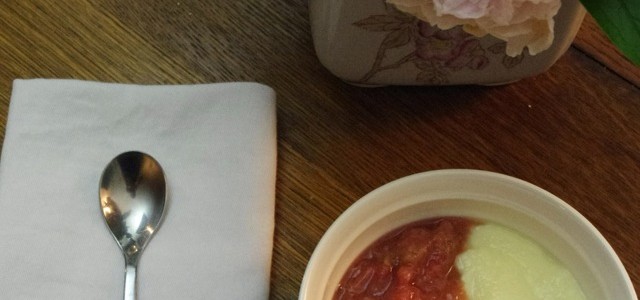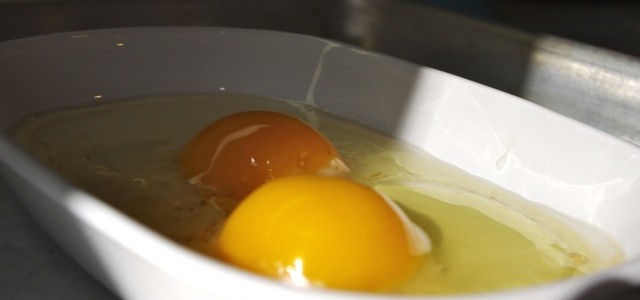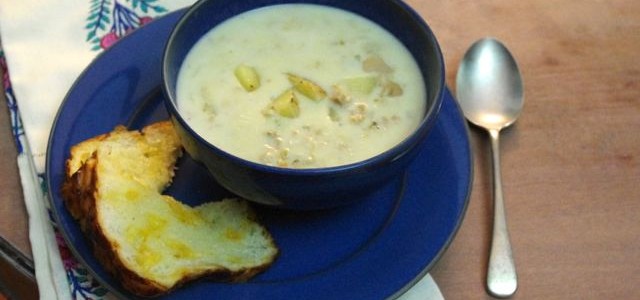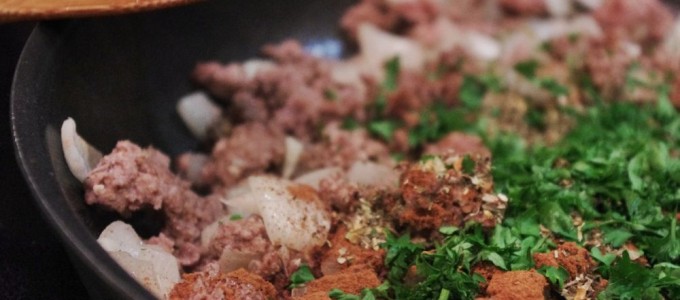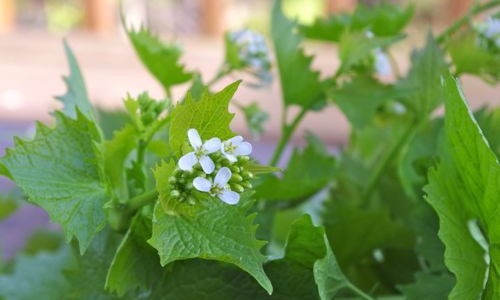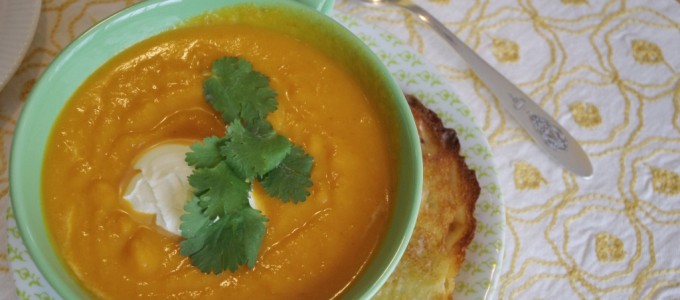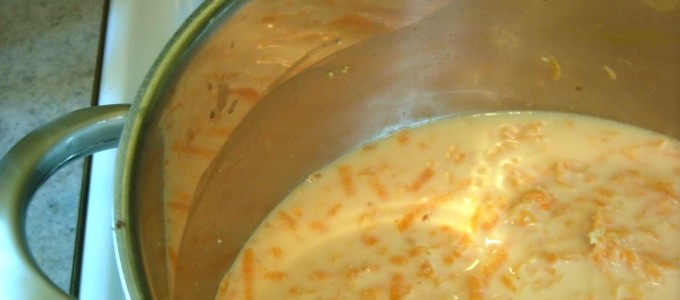The rhubarb is a vegetable most often used as a fruit – in much the same way that the tomato is a fruit used as a vegetable. But unlike the ubiquitous tomato, rhubarb sometimes stymies American cooks. What’s to be done with this briefly available, bitter, even poisonous plant?
Well, there’s pie. In the nineteenth century, rhubarb was so strongly associated with pie that it was commonly called pie plant. And then there are the many variants of pie: crisps, crumbles, buckles. Rhubarb is so very assertive that it was not much eaten until and unless it could be sugared; prior to that, it was prized only for its medicinal properties. But other fruits have a mellowing effect on rhubarb’s harshness. Apples, especially, soften it without transforming its flavor. Personally, I believe that it’s a crime against strawberries to pair them with rhubarb – and it’s underselling the rhubarb as well!
